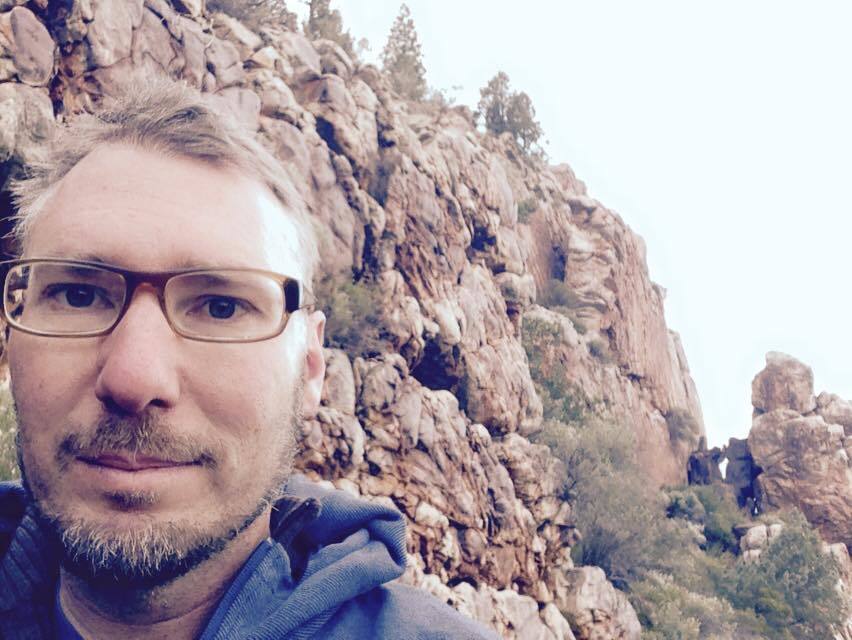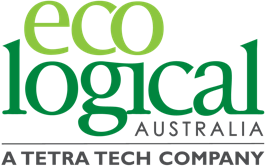Meet the Experts - Paul Koch
Monday, 4 November, 2024

In this latest Meet The Expert Q&A, Paul Koch, an Associate Ecologist, shares insights into his conservation-focused career. He discusses his passion for sustainable land management, dedication to protecting native species, and enthusiasm for projects that enhance biodiversity.
Paul highlights the importance of fieldwork and spatial analysis in his role, sharing how his skills contribute to impactful conservation and land restoration efforts.
1. How do you explain what you do for work at parties?
I am an Ecologist who is passionate about nature conservation and land management. I do native vegetation surveys, threatened species conservation projects, help protect, enhance and restore native vegetation and help farmers and other landholders achieve sustainable management practices.
2. Why did you choose to work in the environmental space?
I grew up in South Australia which is a heavily cleared landscape – less than 20% of native vegetation remaining in agricultural regions. I also did a lot of camping growing up which helped me appreciate nature. The combination of seeing how beautiful our wild places are and seeing how much has been lost inspired me to want to work in nature conservation and achieve restoration at scale.
3. What do you love most about what you do?
The field work. I love being in nature and engaging all of my senses; doing bird surveys and vegetation assessments; working out what is needed in terms of management. I have a background in threatened species ecology and I like to try and figure out why species are declining and how we might be able to help bring them back.
I also love doing GIS analysis, modelling species distributions, mapping biodiversity hotspots, regional conservation planning (eg. design of wildlife corridors, prioritisation of areas for management etc.)
4. Share your genius with us! What achievement are you most proud of?
I recently developed a species distribution model for the Pygmy Blue-tongue Lizard for an ELA project that has become sought after by university researchers as well as the Pygmy Blue-tongue Lizard Recovery Team. I’m also proud to have assisted on some interstate projects involving habitat risk assessments for the Greater Glider and Yellow-bellied Glider (QLD) and climate change vulnerability assessments (WA).
5. How do you make a difference in your role with Eco Logical Australia?
I like to use my background in regional conservation planning and spatial prioritisation to bring some unique skills and perspectives to ELA projects. For example, I have used these skills to help clients prioritise areas for offsetting native vegetation clearance that are likely to produce the best net gain outcomes while also benefiting threatened species.
6. What’s your number one tip for delivering exceptional client satisfaction on a project?
Don’t skip the kick-off meeting, maintain regular phone contact throughout the project cycle to check-in with the client and build the relationship; and pay attention to detail when closing out the project, providing spatial data etc.
7. What do you love about science?
I love to develop hypotheses about why threatened species are declining (i did my PhD on the Endangered South-eastern Red-tailed Black Cockatoo) and do field-based studies that test the hypothesis. I also like to try and work out what is “broken” at a regional scale and how to fix it. For example, a bird species or species assemblage might be missing nesting habitat (due to a lack of hollow-bearing trees) or feeding habitat (due to over-clearing or degradation of certain vegetation types).
